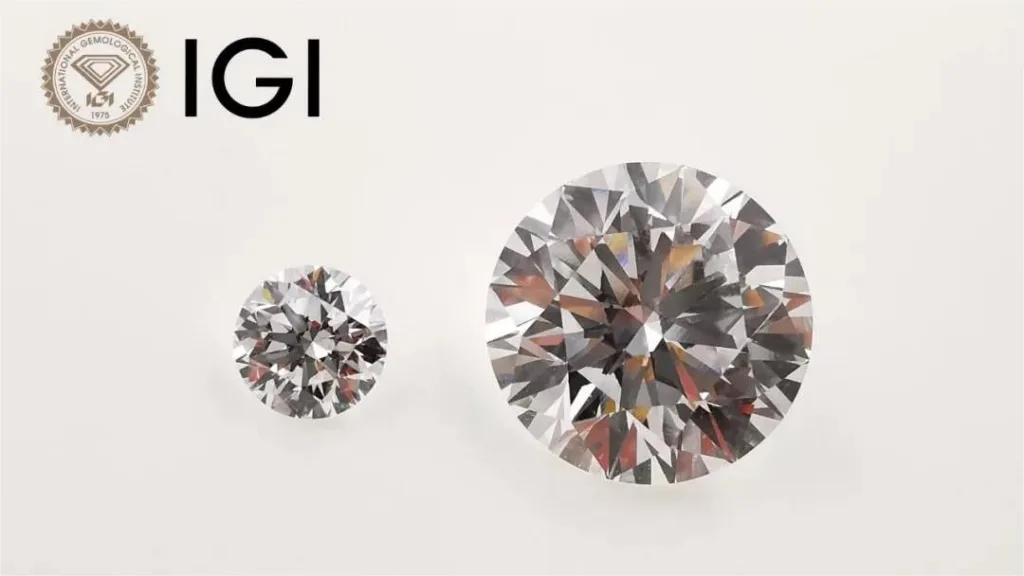Detecting whether a diamond is lab-grown or natural can be challenging for the average person because lab-grown diamonds often have the same physical and chemical properties as natural diamonds. However, there are some methods and clues that can help you spot a lab-grown diamond:
Price: Lab-grown diamonds are typically less expensive than natural diamonds of similar size and quality. If a diamond is being sold at a significantly lower price than you would expect for its characteristics, it might be lab-grown.
Certification: Ask for a diamond grading certificate from a reputable gemological laboratory such as the Gemological Institute of America (GIA) or the International Gemological Institute (IGI). These certificates provide information about a diamond’s origin and characteristics.
Inclusions: Natural diamonds often have inclusions (internal flaws) that are not typically found in lab-grown diamonds. Some inclusions are visible to the naked eye, while others require magnification. If you can see inclusions without magnification, it’s more likely a natural diamond.
Growth Lines: Lab-grown diamonds may have growth lines or patterns that are not present in natural diamonds. These can sometimes be observed with the help of a jeweler’s loupe or microscope.
Fluorescence: Some lab-grown diamonds exhibit strong fluorescence under ultraviolet (UV) light. This can be a clue, but it’s not definitive, as some natural diamonds also fluoresce.
Color: Lab-grown diamonds are often colorless or near-colorless, but they can come in various colors. Natural diamonds can also be colorless or have colors ranging from light to intense. The absence of color alone is not a definitive indicator.
High Pressure High Temperature (HPHT) Treatment: Some lab-grown diamonds are treated using HPHT to improve their color. This treatment can sometimes leave distinctive strain patterns that are not found in natural diamonds. However, this requires specialized equipment to detect.
Ask the Seller: Be sure to ask the seller about the diamond’s origin. Reputable jewelers and dealers should disclose whether a diamond is lab-grown or natural.
Conduct Electrical and Thermal Tests: If you have access to specialized equipment, you can conduct tests like electrical conductivity or thermal conductivity. Natural diamonds typically conduct heat very well but do not conduct electricity, while some lab-grown diamonds may have different conductivity properties.
Seek Expert Assistance: If you’re unsure, consult with a certified gemologist or an experienced jeweler who can help you identify the diamond’s origin.
It’s important to note that some lab-grown diamonds are intentionally created to mimic natural diamonds as closely as possible, so there is no foolproof method for determining their origin without specialized equipment and expertise. When in doubt, seek the advice of a professional and buy from reputable sources to ensure you are getting what you pay for.




